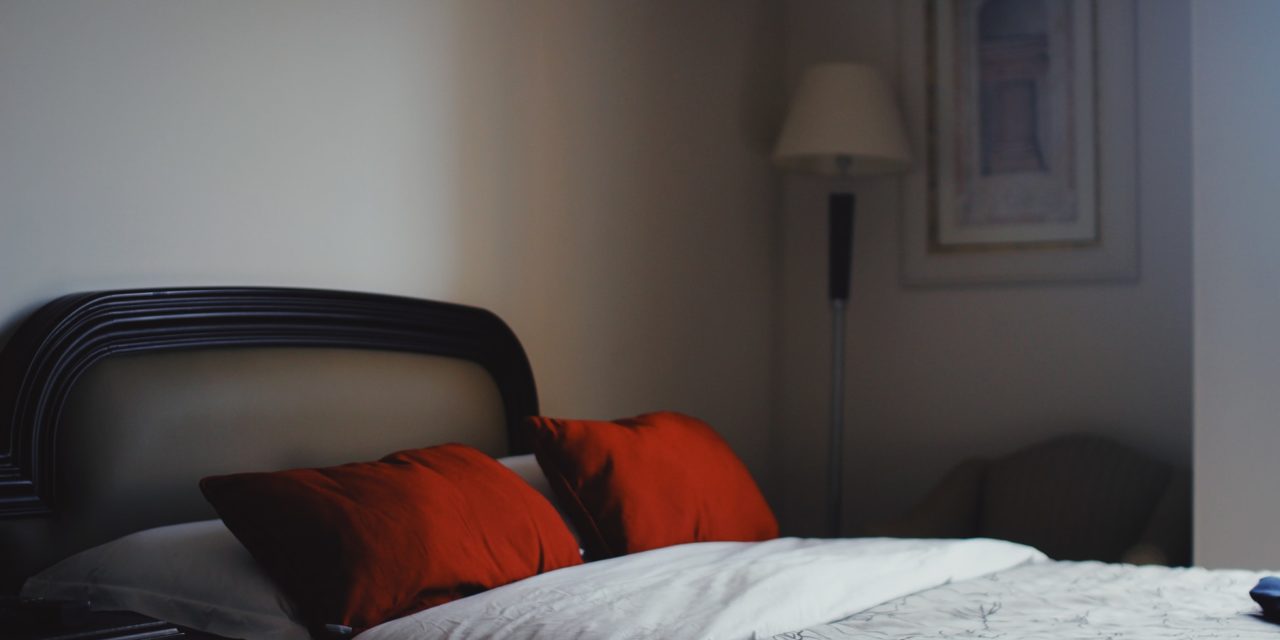[ad_1]
A good duvet is one of the secret to find a perfect night's sleep.
We cannot ignore the fact that a good night's sleep means more energy for the next day and has a positive influence on performance. Choosing the right duvet is therefore essential. However selecting a duvet is not always easy as there are so many options available nowadays. A duvets primary aim is to retain the body's temperature independent of the outside temperature.
The large variety can make it difficult to choose so here are the facts you must know before you choose:
The ideal duvet should retain warmth and protect the sleeper from the external variation in temperature for an optimised sleep. As a human body releases on average half a pint of moisture during a night's sleep, a good duvet should be moisture absorbent. There is nothing better for this but an all natural filling and casing duvet. An adequate duvet should also be light and for absorbency, loft and softness, you can't beat a 100% down filled duvet wrapped in a 100% cotton casing.
Cotton casing will bring breathability and absorbs moisture easily without storing it as it dries very well, these special characteristics are unique to the cotton fibre. As cotton, down is defined as a three dimensional spherical cluster of thousands of soft fibres and is exceptionally adapted for holding air, retaining warmth with absolute minimum weight. At the same time down clusters have the ability to allow moist air to pass through. This breathability is unique to the down and creates a remarkable insulating efficiency. Down is also soft and condensable which means that it will drape around solid objects very well and therefore be able to gently hug the body and avoid cold air coming through.
As there are different seasons through the year, we are wearing different type of clothes to make us feel comfortable with the environmental temperature fluctuations. It is the same for the duvet so it should be lighter in the summer and warmer in the winter. In Great Britain, the warmth is measured in terms of Togs. A Tog is the measurement of Thermal Resistance so the higher the number, the more heat retention will be found. However, anyone must know that it has absolutely no reference to quality; a higher Tog does not mean better quality. Choosing the right warmth is subjective and depends on few factors; here are few questions that the buyer will need to ask themselves before picking a duvet:
Is your home well insulated and heated in the winter? In a heated and well insulated home, the sleeper will not need a very warm duvet.
Do you feel you to tend to feel the cold or are you feeling the warmth? For someone who has a tendency to feel the cold, that person will need a duvet with more feeling and vice-versa for the person who has a tendency to feel the warmth.
Will you be sharing this duvet with your partner? The buyer must know that two persons under and sharing one duvet creates more humidity and body heat so they must bear this in mind when it comes to choosing the feeling weight or warmth.
However in order to buy the right duvet the buyer should be attentive to the detail of construction. The choice of casing for a duvet should be either the tick, twill weave, cambric or batiste satin weave. The two latter methods are known to be the softest and most lightweight (therefore more expensive to produce). The importance of the construction of duvets should mainly be the seams as they have to keep the filling from moving and becoming uneven (especially for Down duvets).
There are four ways duvets are sewn: channelled, karo stitch, box stitched, and baffle box stitched. The best which are more effective and more durable are the box stitched as it offers the most effective pattern to keep the down from shifting and the baffle box stitched as it offers the optimal combination of features for the loft and the warmth. However it is the most expensive to make-up as it uses separate pieces of fabrics (the baffles) sewn between the shell acting therefore as walls creating a true three dimensional frame which creates perfect environment for down. The box stitched and baffle box stitched are associated with the best duvets available on the market.
As with everything you get what you pay for so if you are looking for longevity and quality, it is important to invest in a more expensive duvet rather than buying cheaper that after 1 or 2 years will become flat and full of cold spots which will require you to replace more often.
In general you may have to replace your duvet every five years however it does depend on many different criteria like your duvet fill, your duvet casing, your pillow construction, the utilisation and even the care for the duvet. For those with an environmental conscience, consider buying an all natural duvet as it will have had a lesser impact during the construction, and will be biodegradable when no longer needed.
[ad_2]
Source by Matthew J Evans


